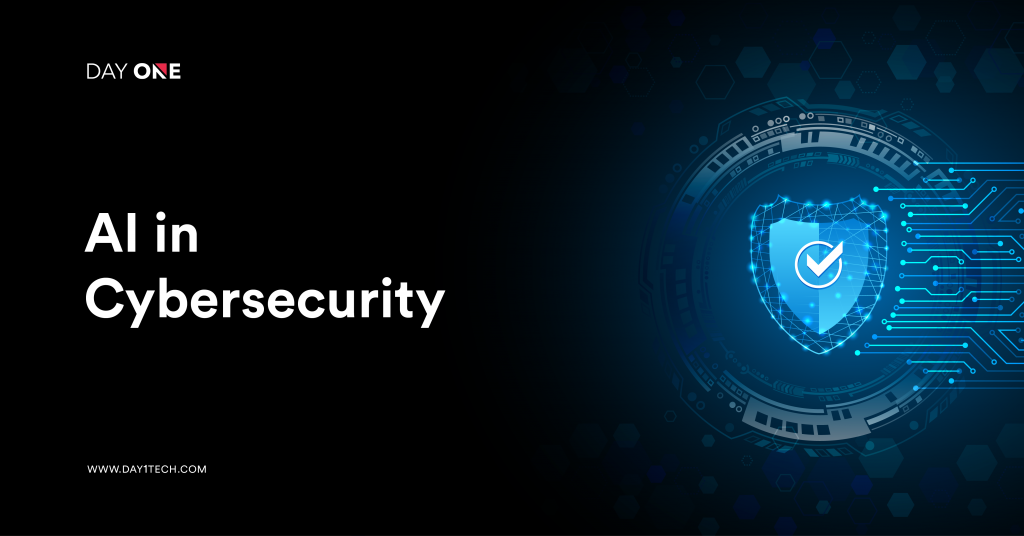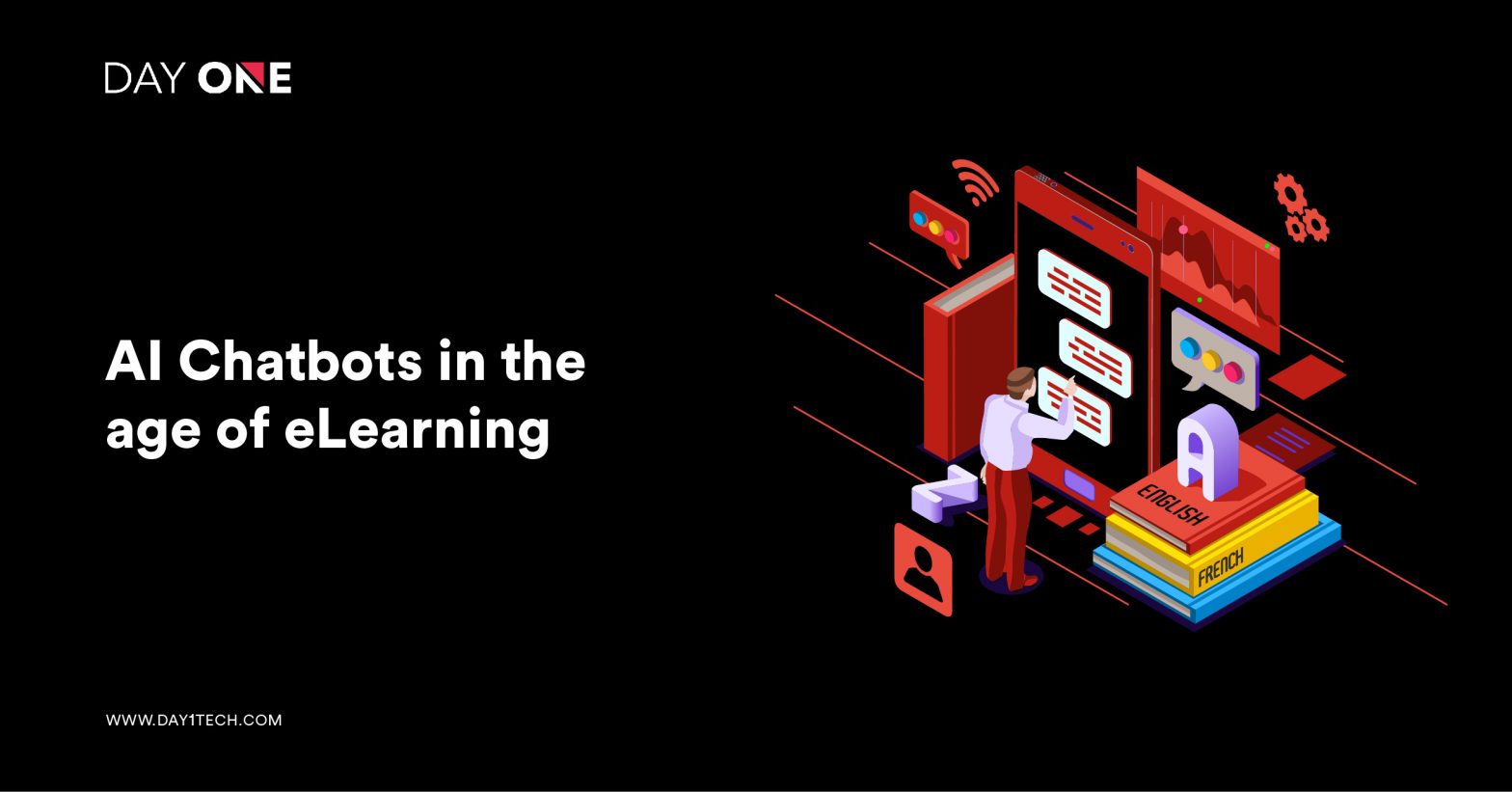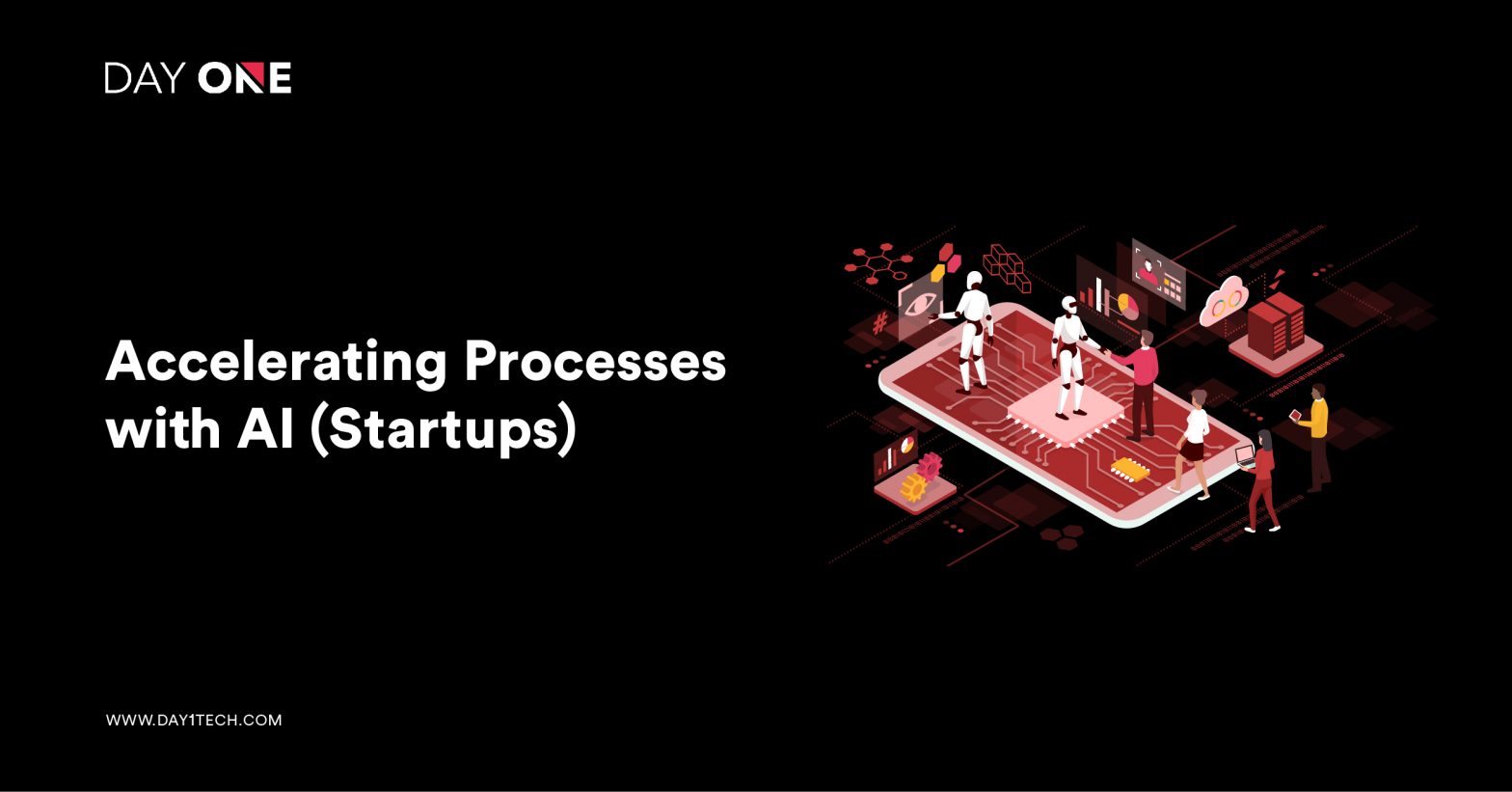Exploring AI in cybersecurity: Role, Impact, and Future prospects
admin
Artificial Intelligence
June 2, 2021
5 min read

This is the digital era. Now. With every passing day, more and more people and roles are turning to digital technologies and solutions. Added to that there is the advent of advanced deep tech, especially the likes of Artificial Intelligence which makes digital transformation fascinating. This calls for a thorough look at the aspect of cybersecurity, especially in terms of digital transactions, confidentiality and personal data protection. Artificial Intelligence in cybersecurity as such is not just a smart solution to prevent digital fraud, it’s the answer to the future of human-machine secured transactions.
The easy access and natural shift to digital assets and platforms has put data at risk. Not only have the counts of cyberattacks increased, but even the sophistication of the crimes. Ironically, AI is simultaneously involved in increasing sophistication and fighting against crimes. Of course, there is also the need for the adoption of ethical measures in AI to ensure that technology is a friend and not a foe.
Role Of AI in Cybersecurity
Cybersecurity breaches are one of the most prominent and challenging situations that organizations face. With even some of the most secure platforms/organizations, including the likes of Facebook and Apple falling prey to cybersecurity breaches, data is at perpetual threat. This is all the more alarming when considering that most organizations are still in their nascent stages of adoption of AI for cybersecurity.
With individual data and privacy at stake, the role of Artificial Intelligence in business has grown beyond its initial technological capabilities. Data security experts are already in the act of identifying unique applications of Machine Learning and NLP algorithms to understand and track data security breaches and rectify the same.
Here’s looking at some of the ways in which Artificial Intelligence is assisting to lessen cyberattacks and threats, across global industries.
Identify cyberattacks
Identifying threats, fraudulent attacks, and other malicious activities, is one of the key areas in which Artificial Intelligent technologies can add value. Traditional systems often lack the advanced tech-capabilities required to manage and monitor extended volumes of data and nature of transactions and malware that is being created, and the application of AI to systems and processes seem a most suitable option.
AI service providers are bringing together the best machine learning algorithms, NLP applications and Deep Learning methodologies to provide solutions that have foolproof algorithms to detect viruses and malware, often by running pattern recognitions in software. With time, advanced ways AI software and ML implementation in organizations are being tested, with AI algorithms being trained to identify even the smallest malware and ransomware attacks in the system. In several cases the algorithms can even predict future attacks and take necessary action for prevention.
Prevent cyber attacks
Identifying possible loopholes and instances of online fraudulent activities is only the first step of AI intervention in ending cyber attacks. It elevates to greater heights with preventing cyberattacks with AI by combing through articles, news, and studies on cyber threats, and alarming activities.
For instance RPA and AI tools can be used for identifying fraudulent activities in the banking sector. Bots can be deployed to trigger alerts in case of any unusual activity. Eg. When a user logs into his/her account various methods are used to ensure a secure login, screen lock/ facial recognition/ fingerprint scanning/ OTP verification etc. If there is any suspicious activity, such as an irregular login time or a different IP address, it can flag it as a suspicious activity or even block the user, if required.
Minimize human involvement in Cybersecurity
The important thing to remember in cybersecurity is that one has to be vigilant 24×7. While previously this was done manually by teams of experts, the application of Artificial Intelligence and Machine Learning makes it possible for the workload to shift to machines. The rate of errors by machines are lesser, while speed is higher, making it possible for humans to focus on cognitive tasks instead.
The use of AI as such lessens human workload and dependency. AI-ML algorithms can detect and track more than 10,000 phishing emails. Naturally, for even a team of humans, doing this task is laborious, time consuming and they might not even be able to effectively ward off the same. In such cases AI has proved to be boon for cybersecurity by reducing human involvement and effectively warding off phishing attacks.
Impact of AI on cybersecurity
With emerging technologies, the availability of data at every point of customer interaction has hiked. With data being gathered, monitored and analysed at a breakneck pace, AI applications in cybersecurity play a pivotal role in data security, accuracy, prevention of misuse.
For instance, biometric logins are being used to provide secure access by either scanning fingerprints, retinas, or palm prints. These are also simultaneously being used in smartphones nowadays for added security. AI technology like facial recognition software is being used to provide security. These software also play a crucial role in social media platforms to offer extended user engagement on the platform. Some of the best AI development companies are as such exploring new avenues for AI innovation and its application to leverage the power of the tech.
A few other examples of AI in cybersecurity have been seen in the industry of finance. Data security firm Darktrace relies on machine learning to develop its cybersecurity products. Ipreo, a financial services firm, uses the Enterprise Immune System to identify threats across the digital network from cloud services to industrial control systems. The product uses unsupervised machine learning and AI to monitor users and devices, and workflows to understand behavior across the digital environment making sure the organization is safe from ransomware.
The hurdles of AI in cybersecurity
There’s already steady debate on the end-result of too much AI in businesses and processes. The application of Artificial Intelligence in daily lives cannot be unseen – from assisting in ridesharing, to facilitating e-Commerce decision making and purchase, to providing personalized recommendations in video and music streaming the extent of AI’s impact is only expanding.
When it comes to cybersecurity, AI can detect powerful patterns in user behaviors, identifying irregularities in their network. This data allows for a better understanding of abnormalities in the network. This also means responsibilities that rest on human intelligence is likely to soon be replaced by AI for improved success rate.
Artificial Intelligence security tools are trained through data systems. For this, cybersecurity firms need to collect large amounts of data related to malware codes, malicious and non-malicious codes and abnormalities. Obtaining all these datasets requires a lot of time and resources and might not be feasible for a lot of companies.
Another challenge of Artificial Intelligence in cybersecurity relates to its ability to cope with ‘supervised learning’. If cybercriminals can hack their way into getting access to data they can easily manipulate data to their benefit. This is a growing challenge that AI firms are battling with in order to establish a lesser chaotic and threatened platform.
Future of AI in cybersecurity
It’s of little surprise that cybersecurity is a priority for all organizations, more so at a time when the world is moving towards digitalization. AI consultants and top RPA vendors are keenly building advanced solutions to provide a profound and strong defence mechanism. With AI-powered tools here are few predictions on how AI will change cybersecurity:
- Using AI tools to monitor security incidents
- Integrating machine learning into firewalls to flag any anomaly
- Identifying the origin of cyber attacks through NLP applications
- Using RPA bots to automate rule-based tasks and processes
- Monitor and analyze mobile endpoints for cyber threats
It is recommended to teams to not only find preventive cyber attack solutions with AI but also look to the tech to plan an aftermath.
Explore More Blogs
Testimonials What customers have to talk about us
Finch (previously Trio) – Growth with Investing, with benefits of Checking
Reading Time: < 1 minThe Finch (previously Trio), one of our clients today has reached this level with our expertise and with a great team of developers in Day One, who have made every stone unturned in making this project a big success.
Neel Ganu Founder
USA
Vere360 – VR based Immersive Learning
Reading Time: < 1 minDay One helped Vere360 “fill skill gaps” and build a platform that would cater to their niche and diverse audience while seamlessly integrate the best of #AI and #VR technology.
Ms. Adila Sayyed Co-Founder
Singapore
1TAM – Video Blogging Reimagined
Reading Time: < 1 min‘1TAM’ was only for iOS with gesture-based controls, advanced video compression techniques, and a simple architecture that allowed actions to be completed in 2-3 taps. The real challenge for ‘1TAM’ was to keep it distinct which bought brilliant results with all the strategies and approaches implied for best video compression techniques.
Anwar Nusseibeh Founder
UAE
Fit For Work – The Science of Workplace Ergonomics
Reading Time: < 1 minDay One Technologies came with the expertise that was required and helped in building a platform that is edgy, functional, and smart, delivering engagement and conversions at every step.
Ms. Georgina Hannigan Founder
Singapore
SOS Method Meditation for ‘Busy Minds’
Reading Time: < 1 minDay One Technologies helped in building an innovative mobile app (for #iOS and #Android) that’s easy-to-use, engaging, and data-driven to help users reap the most at every point.





